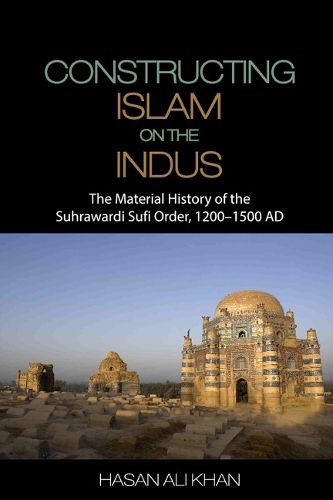Readings Newsletter
Become a Readings Member to make your shopping experience even easier.
Sign in or sign up for free!
You’re not far away from qualifying for FREE standard shipping within Australia
You’ve qualified for FREE standard shipping within Australia
The cart is loading…






This book represents the first serious consideration of Ismaili-Shia esotericism in material and architectural terms, as well as of pre-modern conceptions of religious plurality in rituals and astrology. Sufism has long been reckoned to have connections to Shi'ism, but without any concrete proof. The book shows this connection in light of current scholarly work on the subject, historical sources, and most importantly, metaphysics and archaeological evidence. The monuments of the Suhrawardi Order, which are derived from the basic lodges set up by Pir Shams in the region, constitute a unique building archetype. The book’s greatest strength lies in its archaeological evidence and in showing the metaphysical commonalities between Shi'ism/Isma'ilism and the Suhrawardi Sufi Order, both of which complement each other. In addition, working on premise and supposition, certain reanalysed historical periods and events in Indian Muslim history serve as added proof for the author’s argument.
$9.00 standard shipping within Australia
FREE standard shipping within Australia for orders over $100.00
Express & International shipping calculated at checkout
This book represents the first serious consideration of Ismaili-Shia esotericism in material and architectural terms, as well as of pre-modern conceptions of religious plurality in rituals and astrology. Sufism has long been reckoned to have connections to Shi'ism, but without any concrete proof. The book shows this connection in light of current scholarly work on the subject, historical sources, and most importantly, metaphysics and archaeological evidence. The monuments of the Suhrawardi Order, which are derived from the basic lodges set up by Pir Shams in the region, constitute a unique building archetype. The book’s greatest strength lies in its archaeological evidence and in showing the metaphysical commonalities between Shi'ism/Isma'ilism and the Suhrawardi Sufi Order, both of which complement each other. In addition, working on premise and supposition, certain reanalysed historical periods and events in Indian Muslim history serve as added proof for the author’s argument.